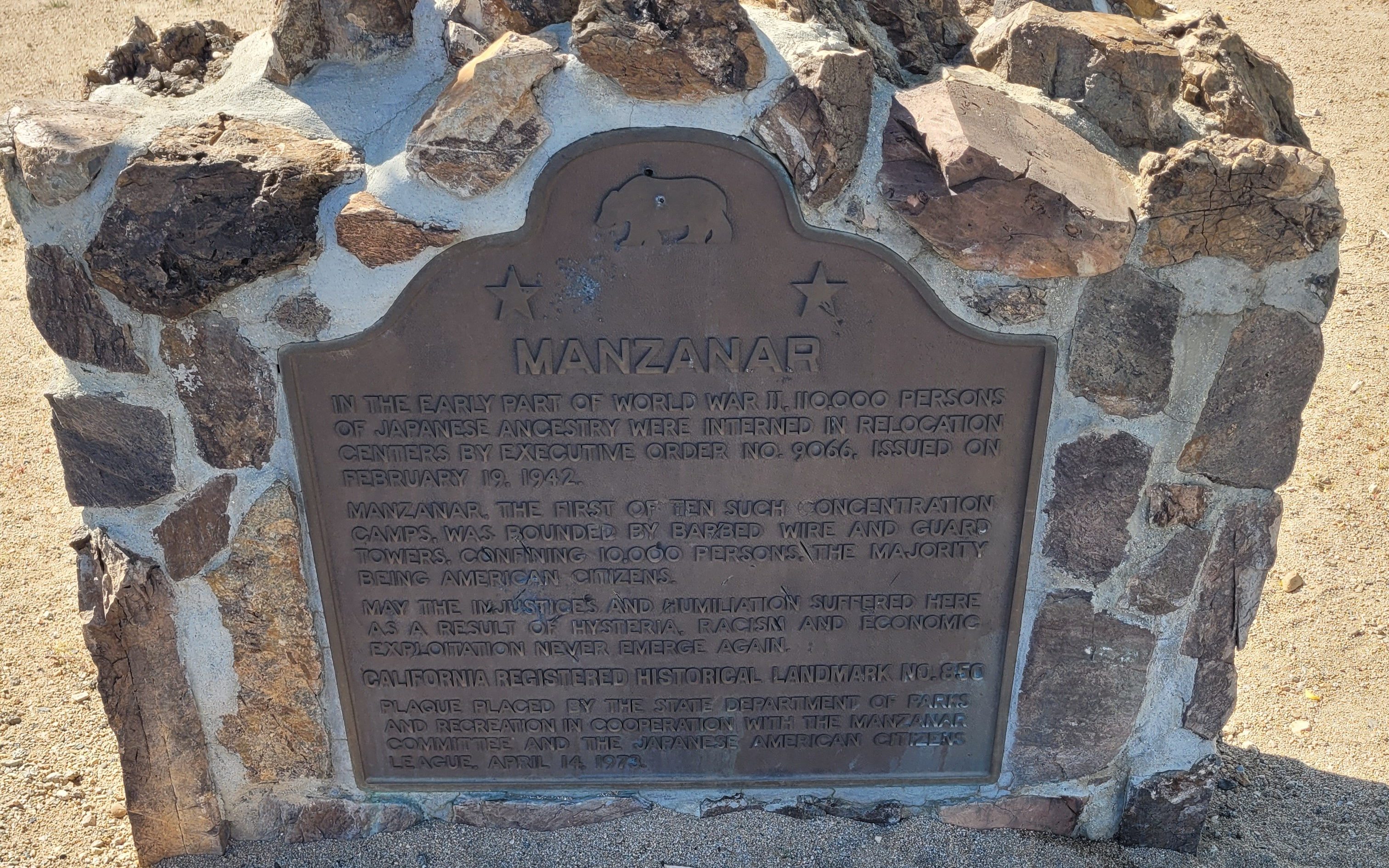In many television shows and movies during my childhood, the idea of using a time machine to travel backward was a solution to many problems and answered many questions. The cartoon “Peabody’s Improbable History” featured the adventures of a genius, Mr. Peabody, and his boy, Sherman. They travelled back in history to visit various people who, but for Mr. Peabody, might not have been immortalized for developing inventions or theories. Did Mr. Peabody visit Pythagoras? A true story about translating a Babylonian clay tablet, discovered a hundred years ago, indicates the “Pythagorean Theorem” and trigonometry were used fifteen hundred years earlier than the Greek we credit.
A movie and several television episodes of Star Trek featured time travel, but one (All Our Yesterdays), has Captain Kirk and crew investigate a planet whose population has vanished ahead of their star about to go nova. In the episode, a timekeeper sent everyone backward in time to live out their lives and avoid obliteration. In our history, myths of ancient civilizations like Atlantis or Homeric tales that proved later to be true, indicates history repeats itself. With nations today always on the verge of destroying one another, nuclear war is more real than our Sun going nova- at least for the next 4 billion years. However, we have just reached the milestone sending human-made inventions beyond our solar system’s limits (Voyager 1 and 2). An achievement a half-million years in the making.
Paleontology and genetic research suggest that modern homo sapiens might have out-competed homo Neanderthalis to inherit the world. In recent years, the discovered remnants of presupposed modern construction techniques nearly a half-million years old suggest we may repeat history over and over again. Discoveries of enormous cities reclaimed by the Amazonian jungles, Bronze Age religious sites drowned by the sea, and Roman roads and aqueducts demonstrate a modern knowledge of science (astronomy) and construction techniques. Perhaps, like the conquering Spanish conquistadors in the Americas, or the Near East Babylonians, Assyrians, Persians, Greeks and Ottomans, might humans repeatedly destroy libraries that housed knowledge it then takes millennia to relearn?
Mr. Peabody, we need you.









